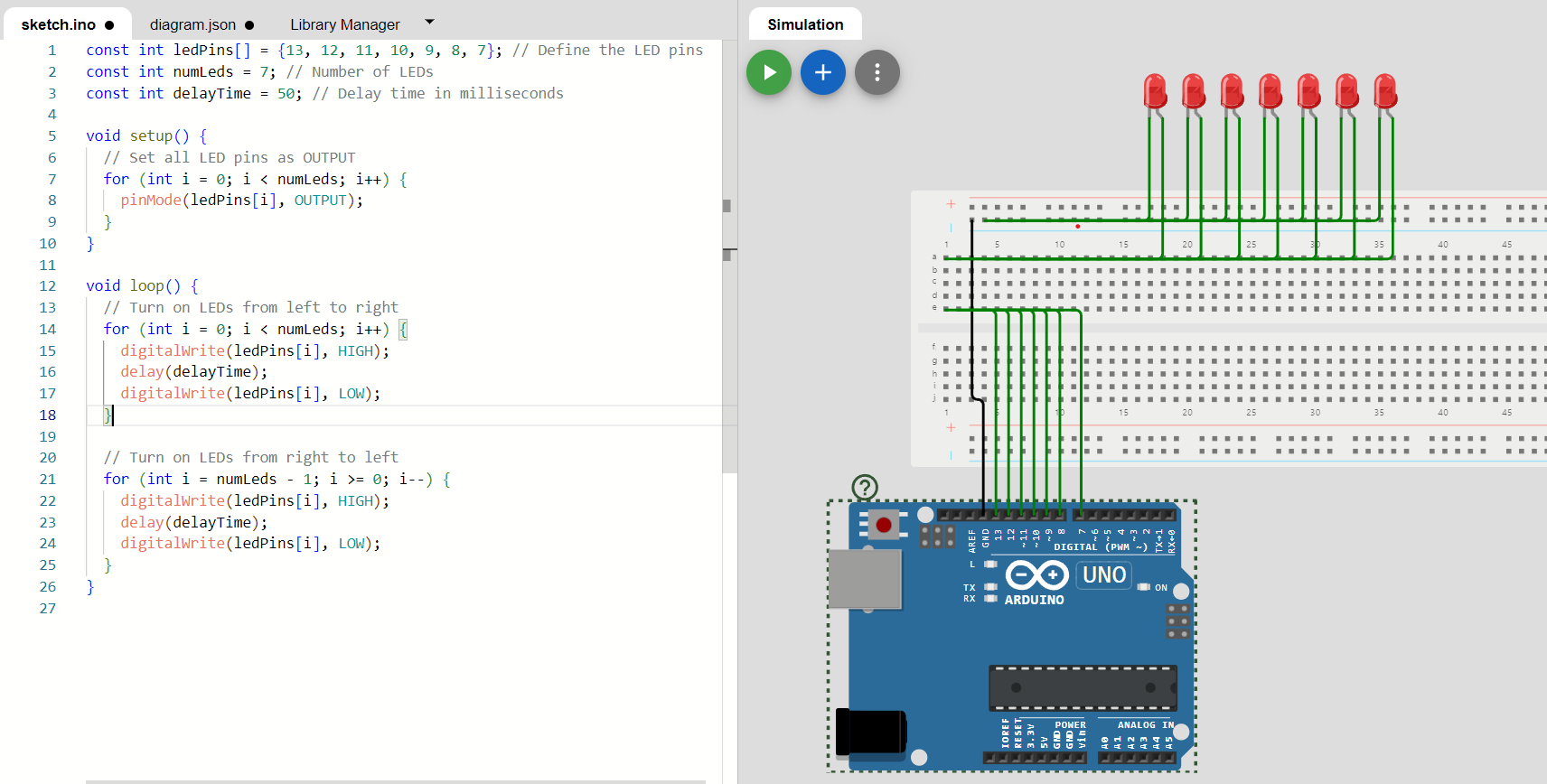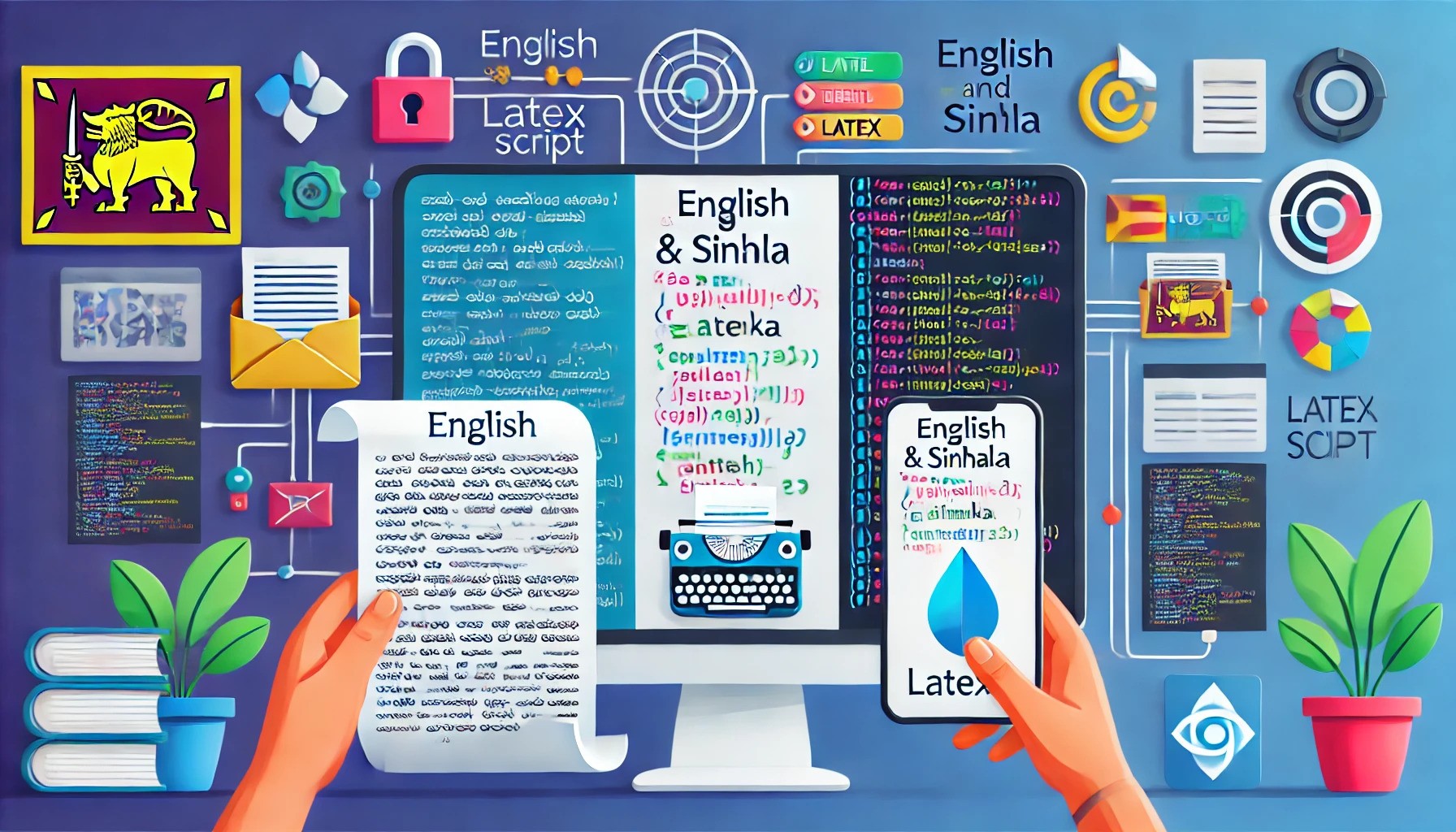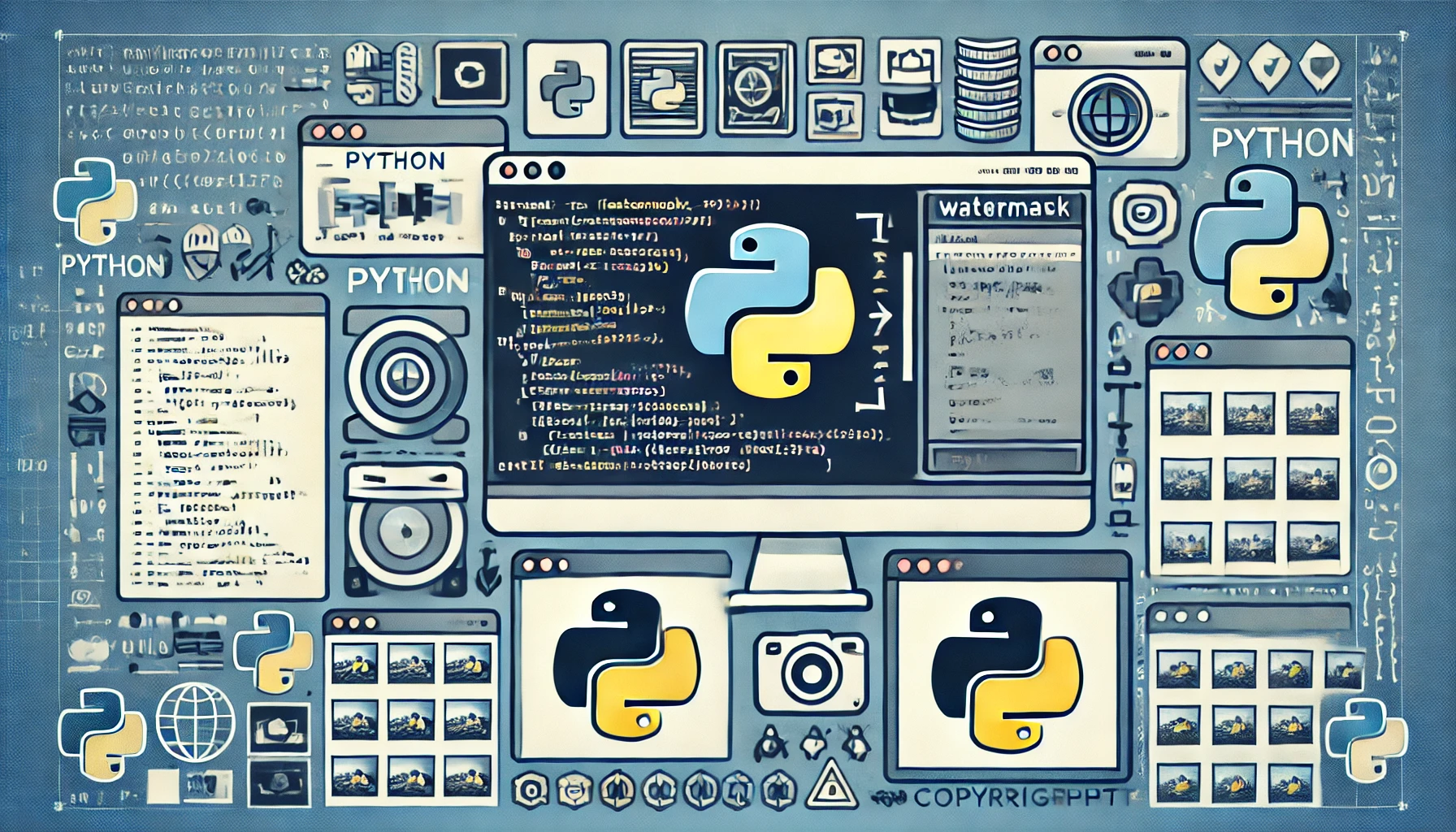Introduction
Python has long been a favorite among developers for its simplicity, readability, and versatility. As we look towards the future, the anticipation for Python 4.0 is palpable. While Python 3.x continues to dominate, the development community is already buzzing with speculation about what Python 4.0 might bring. This article delves into the potential features and improvements that could define Python 4.0, based on the current trajectory of the language’s evolution and the needs of the developer community.
1. Enhanced Performance
One of the most significant areas of focus for Python 4.0 is likely to be performance. Python has often been criticized for being slower compared to languages like C++ or Java. With Python 4.0, we can expect optimizations that could make the language much faster. This might include improvements in the Global Interpreter Lock (GIL), better concurrency and parallelism support, and just-in-time (JIT) compilation techniques similar to those used by PyPy.
2. More Robust Type Hinting
Python 3.5 introduced type hints, which have been a game-changer for writing more readable and maintainable code. Python 4.0 could take this a step further by making type hints more robust and integrated into the core language. This might include mandatory type checking, advanced type inference, and improved tooling support for type hints.
3. New Standard Library Modules
The standard library in Python is extensive, but there is always room for improvement. Python 4.0 could introduce new modules to the standard library, focusing on modern development needs. This might include enhanced support for asynchronous programming, new data structures, and more powerful libraries for machine learning and data science.
4. Improved Asynchronous Programming
Asynchronous programming has become increasingly important in the world of web development and real-time applications. Python 4.0 is expected to build on the asynchronous capabilities introduced in Python 3.5 with asyncio. We might see a more streamlined and intuitive approach to writing asynchronous code, making it easier for developers to build scalable and efficient applications.
5. Enhanced Security Features
Security is a critical concern for any programming language. Python 4.0 could introduce new security features to help developers write more secure code. This might include improved memory management, better protection against common vulnerabilities, and more comprehensive security libraries.
6. Backward Compatibility
One of the biggest challenges for Python 4.0 will be balancing new features with backward compatibility. The transition from Python 2 to Python 3 was notoriously difficult for many developers due to significant changes in the language. The Python Software Foundation is likely to prioritize a smoother transition with Python 4.0, ensuring that existing Python 3.x codebases can be more easily migrated.
7. Community and Ecosystem Support
The success of any programming language is heavily reliant on its community and ecosystem. Python 4.0 will likely see an even stronger emphasis on community-driven development and collaboration. Enhanced support for third-party libraries, tools, and frameworks will be essential to maintain Python’s position as one of the top programming languages in the world.
Conclusion
While Python 4.0 is still on the horizon, the potential features and improvements are already generating excitement within the developer community. Enhanced performance, more robust type hinting, new standard library modules, improved asynchronous programming, enhanced security features, and a focus on backward compatibility are just some of the possibilities. As we await the official release, one thing is certain: Python 4.0 has the potential to further solidify Python’s status as a premier programming language for developers worldwide.






